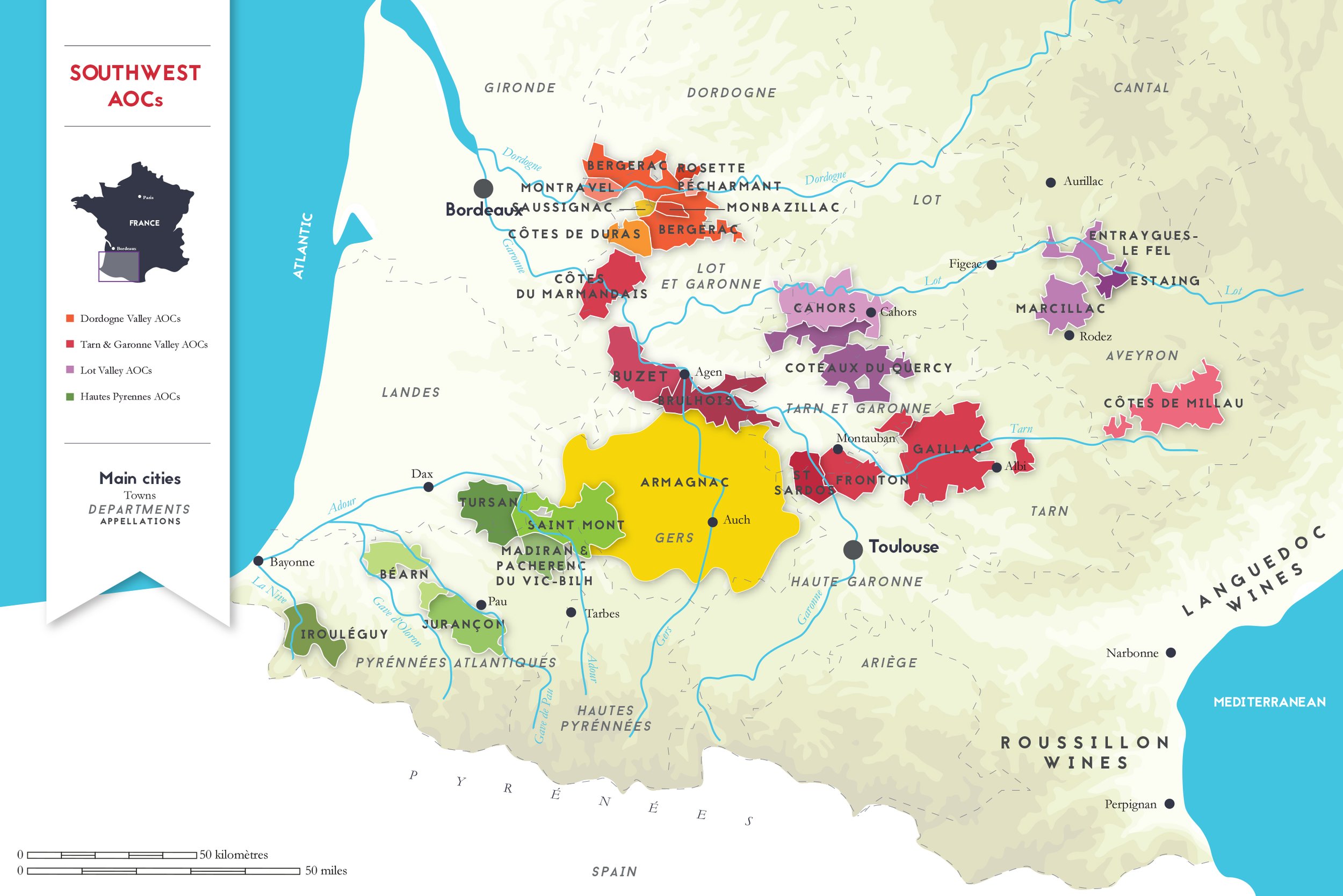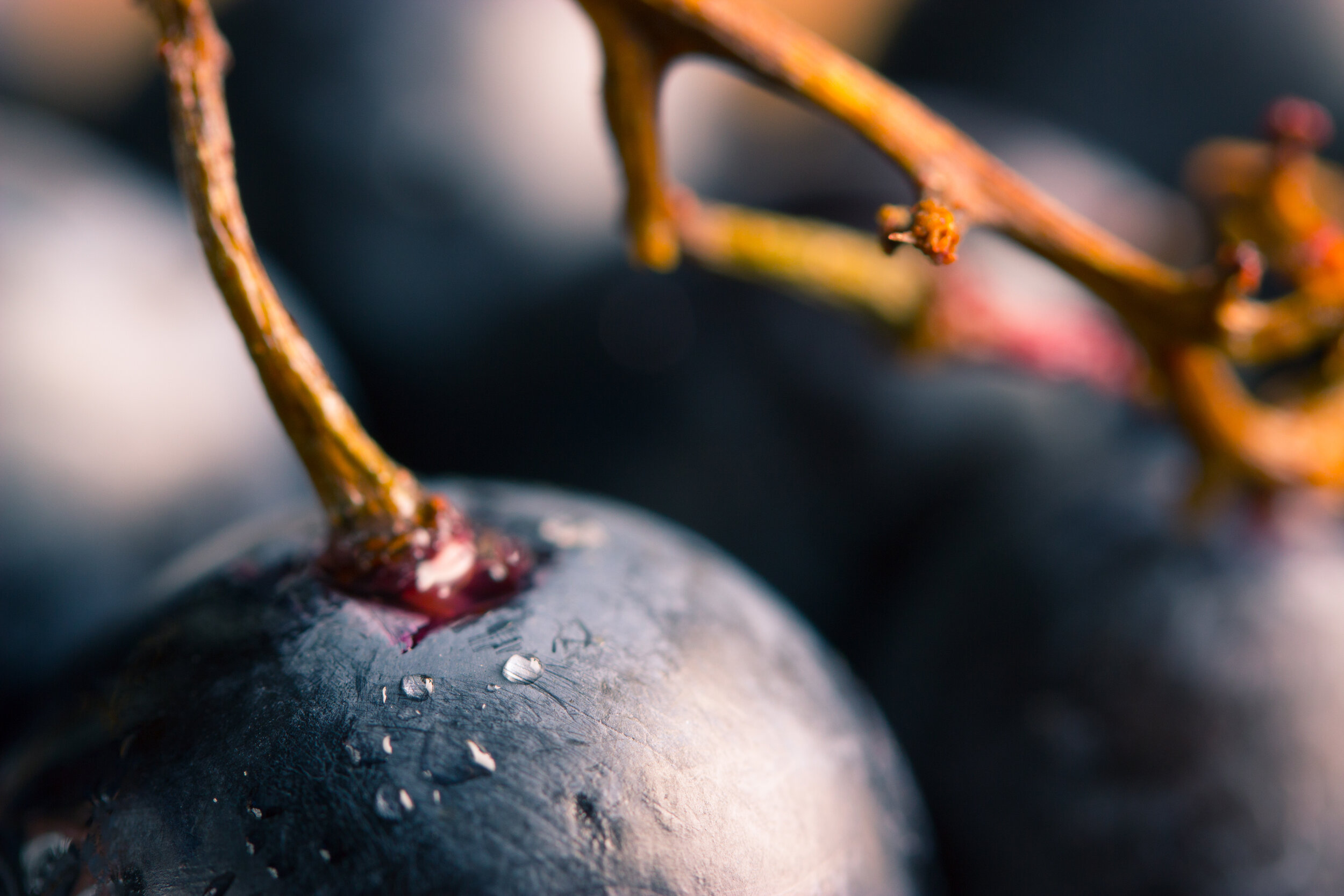
A Cluster of Contrasts
The Southwest wine region is a cluster of contrasts in the orbit of Toulouse with 42 appellations, hundreds of grape varieties and an ever-expanding community of artisan growers who are self-gravitating to shine brighter.


Rare and ancient grape varieties
Colombard - Gros Manseng - Petit Manseng - Loin de L'oeil - Mauzac - Cabernet Franc - Malbec - Fer Servadou - Braucol - Duras - Tannat - Prunelart - Arbouriou - Negrette - Bouysselet - Muscadelle - Sémillon - Sauvignon - Syrah - Merlot
Colombard - Gros Manseng - Petit Manseng - Loin de L'oeil - Mauzac - Cabernet Franc - Malbec - Fer Servadou - Braucol - Duras - Tannat - Prunelart - Arbouriou - Negrette - Bouysselet - Muscadelle - Sémillon - Sauvignon - Syrah - Merlot
There are 300 different grape varieties in the Southwest France and 130 are indigenous. They were cultivated by the Romans and propagated by pilgrims on all the trails to St Jacques de Compostelle: a living heritage.
In the 70s & 80s, thousands of local varieties were replaced by international varieties. They would have been forgotten if not for growers protective of their terroirs and wine culture. They are key to preserve local biodiversity and original flavours. They are the signature of the southwest, which is rooted in resistance and resilience.

Sensibility in the vineyard and the winery
At Joanne Dans Le Vin, we champion quality wines crafted by artisan growers in the vineyards closest to us, as well as in the wider Southwest. Fine and natural wines from Gaillac, Cahors, Quercy in the Lot Valley, Fronton and the Aveyron, as well as Bergerac, Buzet, Gascony, Madiran, Jurançon and Irouleguy…
Book a tasting to discover the bright lights of the region - all different yet all connected through indigenous grape varieties and sensibility in the vineyard and the winery.
“The wines of the Southwest are among the best in the world and we shouldn’t be afraid to say it. We have a mosaic of terroirs, an incredible diversity of grape varieties and an amazing group of talented growers who share the same philosophy. It’s a mini-France, you find wines that are ultra-fresh and ultra-quaffable and wines that you can forget about for 25 years in the cellar.”
Mathias Marquet, Chateau Lestignac

